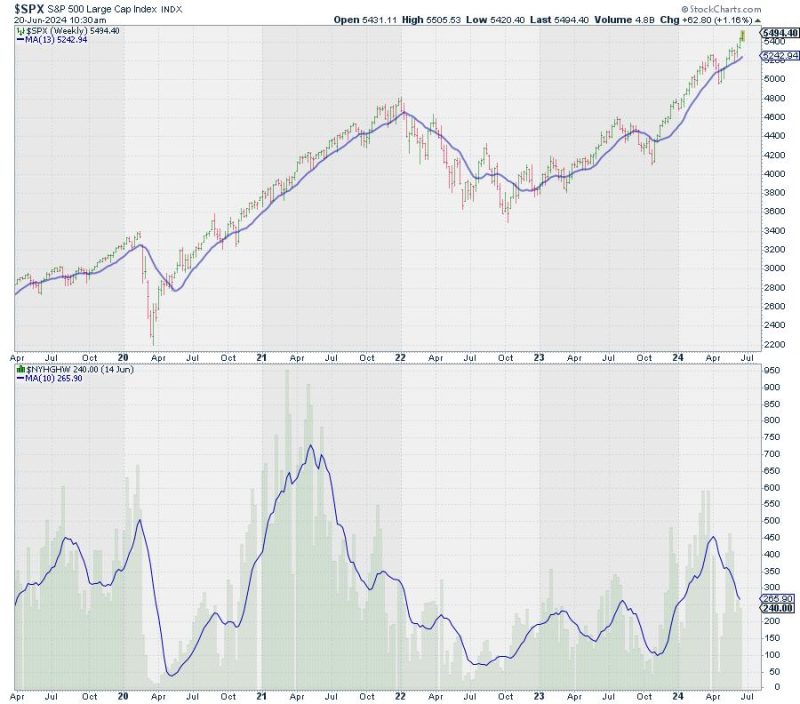First and foremost, it’s essential to understand the concept that Price Pays…But For How Long. This concept implies that consumers are often ready to pay a higher price for certain commodities or services due to their perceived value or quality. However, the real query comes into play concerning the duration within which customers are willing to maintain this high price payment. This perspective is vital for businesses and companies in their duration-based decision-making process, pricing strategies, and sustainability.
To delve deep into this concept, the point of price-paying for any goods or services is typically based on factors such as quality, brand value, overall customer experience, and sometimes, emotional connection. Consumers are more likely to pay a premium price for a product or service that they perceive as high quality, from a reputable brand, delivers excellent customer experience, or they have an emotional connection with it. However, the duration within which they can maintain such payment tends to vary, and several factors come into play.
The longevity of high price payment can sometimes be influenced by the actual value derived from the goods or service. For instance, a customer might be willing to pay a premium price for a luxury vehicle due to its superior features, performance, and status symbol. Over time, if the vehicle continues to deliver outstanding performance and durability, the customer would regard the high price as worth it. This could, in turn, make them willing to keep up with such high expenditure in the future.
In contrast, if the actual value or quality of the product falls short of the customer’s expectation despite the high price, the longevity of the price payment might not last. For example, if the aforementioned luxury vehicle starts to manifest significant faults or breaks down frequently, the customer would likely rethink their decision to pay that premium price in the future.
Customer financial capacity also factors in heavily on the duration of price payment. It’s one thing to perceive value in a high-priced item or service, and it’s another thing to be able to afford it continuously. Even if a product or service continues to deliver incredible value, a customer might choose to opt-out if they can no longer maintain the high price payment due to a change in financial circumstances.
Additionally, market competition influences how long price pays. If competitors are offering products or services of comparable quality at a lower rate, customers may not stick to a higher-priced option for long, no matter how much they value it.
Next, we have the role of innovation and advancement in the duration of price-paying. With the fast-paced world of technology and innovation, new products and services are continually being introduced, which possess improved features at competitive prices. As such, consumers may not pay premium prices for extended periods, especially if they can get newer, better alternatives at a lower cost.
Lastly, the duration of price payment can be affected by changing trends, consumer behavior, and preferences. Sometimes, a customer can maintain high price payment for a commodity or service because it’s in vogue or trendy. Once the trend passes or their preferences shift, their willingness to continue bearing the premium cost might fade.
In summation, while price pays, the duration of how long it lasts is determined by a mix of factors. Businesses need to be aware of this in order to create sustainable pricing strategies. It’s not enough to charge high prices; they must also strive to maintain the customers’ perceived value, stay ahead of competition, innovate continuously, and keep abreast of changing market trends.




